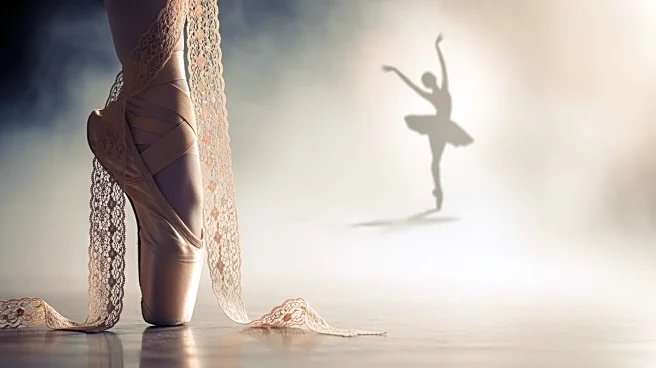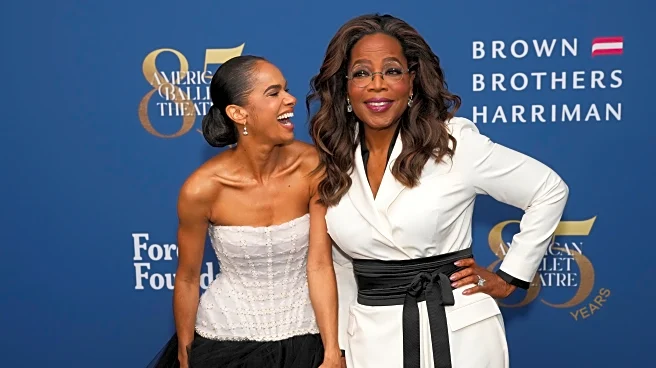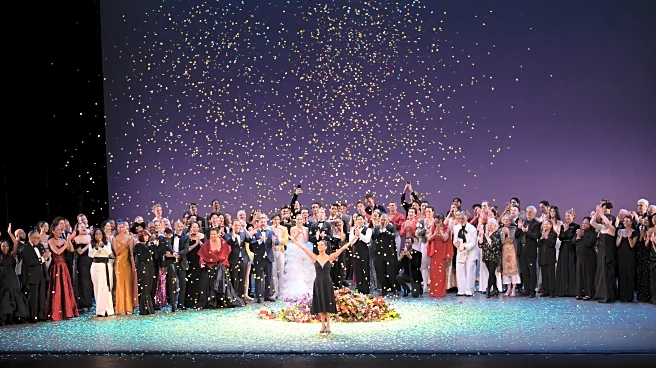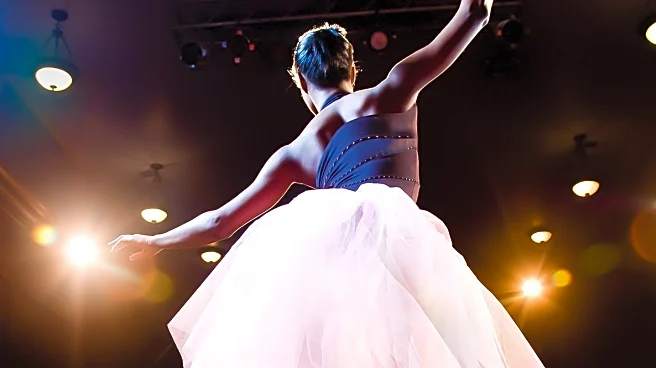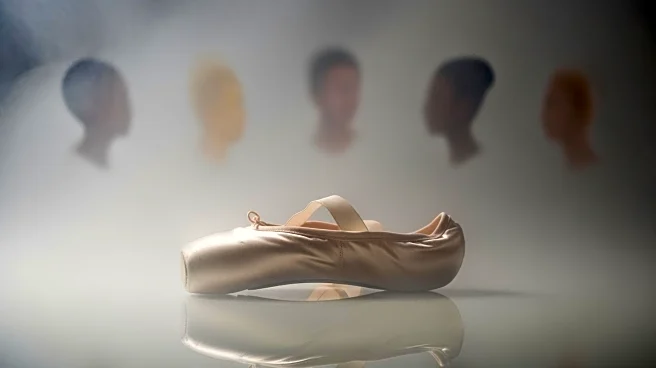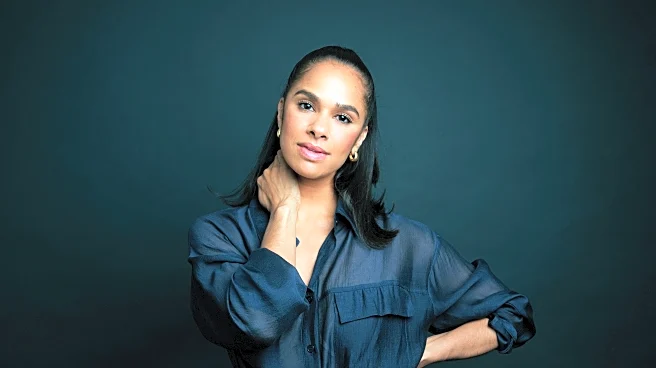What's Happening?
Misty Copeland, the first Black female principal dancer at the American Ballet Theatre (ABT), has retired after a distinguished career. Her retirement was marked by a gala at Manhattan's Lincoln Center,
attended by notable figures such as Oprah Winfrey and Debbie Allen. Winfrey praised Copeland for redefining ballet by expanding its inclusivity and representation, particularly for young people of color. Copeland's career at ABT spanned 25 years, during which she became a symbol of diversity in a predominantly white art form. Her final performance included roles in iconic ballets such as 'Swan Lake' and 'Romeo and Juliet'. Copeland has also been active in promoting diversity through her foundation and educational programs.
Why It's Important?
Misty Copeland's retirement marks a significant moment in the arts, particularly in the context of diversity and representation. Her career has challenged traditional norms in ballet, an art form historically dominated by white performers. By becoming a principal dancer, Copeland has inspired a new generation of dancers from diverse backgrounds, potentially leading to more inclusive practices in the industry. Her influence extends beyond the stage, as she continues to advocate for diversity through her foundation. The absence of a Black female principal dancer at ABT following her departure highlights ongoing challenges in achieving racial equity in the arts.
What's Next?
Following her retirement, Misty Copeland plans to continue her advocacy for diversity in the arts. She has expressed a commitment to ongoing efforts in diversity, equity, and inclusion, despite the challenges these initiatives face. Copeland's future endeavors may include expanding her foundation's programs and continuing her work as an author. The ballet community and cultural institutions may need to address the gap left by her departure and consider strategies to maintain and enhance diversity within their ranks.
Beyond the Headlines
Misty Copeland's career and retirement highlight broader cultural and societal shifts towards inclusivity in the arts. Her journey from a late start in ballet to becoming a principal dancer underscores the potential for talent to transcend traditional barriers. Copeland's story also reflects the importance of role models in inspiring underrepresented groups to pursue their passions. Her continued advocacy work may influence not only the ballet world but also other cultural sectors to prioritize diversity and representation.



